Trivia Browser

▲
1
▼
At the 2017 Emerald City Comic Con during a panel with American voice actor John DiMaggio, he explained that he was told to make Wakka's voice sound like an islander, with an island accent. At the time, he broke up with his girlfriend from Hawaii, so he came up with some Hawaiian impersonations which landed him the role of Wakka.
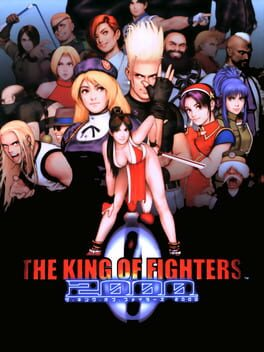
▲
1
▼
Hinako's design was initially based on the protagonist of the manga Jarinko Chie, who used sumo moves. The supervising designer, however, succumbed to insistent requests to use "a debutante" and Hinako gradually transformed into a wellborn young maiden. She was also originally going to fight barefoot, which was also dropped. The only thing that remained from her original concept was the athletic tape on her fingers.
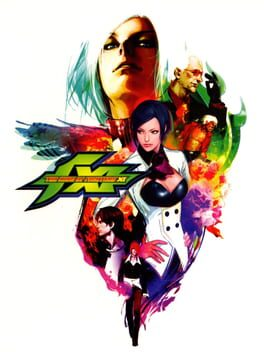
▲
1
▼
Shion was originally a rejected character idea from the early development of The King of Fighters 2003, and was drafted for the purpose of being "Ron's daughter". The artist in charge of the character found the design in a past background illustration and insisted that he be made into the game's penultimate boss.

▲
1
▼
During the early stages of development, there was going to be a Fugitive Team with Chang, Choi, and a third "vicious criminal" character. This third character would later be replaced with Kim for unspecified reasons.
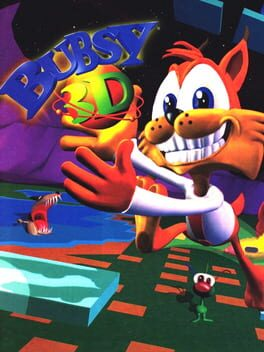
▲
2
▼
 In the opening title card to the game's penultimate level "Escape from WooL.A.", Bubsy appears dressed as Snake Plissken, the protagonist of the action movies "Escape from New York" and "Escape from L.A.", the latter film of which the level is named after. Beyond that, inputting the password "XURASNAKER" on the Load/Save menu will allow you to play as Bubsy while wearing the costume in any level.
In the opening title card to the game's penultimate level "Escape from WooL.A.", Bubsy appears dressed as Snake Plissken, the protagonist of the action movies "Escape from New York" and "Escape from L.A.", the latter film of which the level is named after. Beyond that, inputting the password "XURASNAKER" on the Load/Save menu will allow you to play as Bubsy while wearing the costume in any level.
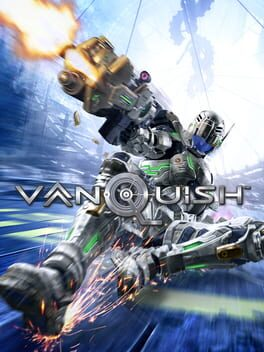
▲
1
▼
In a 2020 interview conducted by the YouTube channel Archipel with the game's creator Shinji Mikami, he talked about the development of Vanquish, which started after he left Capcom and joined PlatinumGames. While he claimed to not remember how he arrived at working on or coming up with the concept for Vanquish, he pitched 5 different project ideas beforehand to Sega and Platinum:
From the start, Mikami wanted to make an open-world game set in a universe similar to the film "Blade Runner", but due to budget, time and staffing constraints, he considered the project to be impossible to make. Regardless, Mikami drafted a design document that he formally pitched to Platinum as a coping mechanism in order to clear his head of the long-gestating idea and work on other projects, stating "I just couldn't switch my mind for a project that fit budget and resources before I gave form to this one. So I just presented it".
Afterwards he moved on to a completely different project; a cel-shaded game set in a universe akin to the works of Studio Ghibli entitled "The Witch and the Piglet". The game was about an evil witch who turned a prince into a piglet and cursed the accompanying village. The villagers would be friendly by day, but at night, they would turn into animals such as horses, pigs, and goats, and do "terrible things" every night, in turn revealing the villagers' evil sides. The main protagonist, a girl with "magical powers who could hover in the sky with an umbrella", had to defeat the witch and break the curse. Mikami believed the game was a mid-scale project that could be easily managed within a given budget and really wanted to make it happen, so he pitched it to Sega. However, Sega strongly declined the pitch, saying that they weren't looking for a game like The Witch and the Piglet.
Angered, Mikami moved on to another project designed exclusively for the Nintendo DS. The game was about a girl with psychic powers and an unknown serial killer who were confined in a hospital. The killer would murder people in the building one by one, and the girl had to figure out if the killer was a doctor, a nurse, or a patient. She used her powers to fight with the killer remotely, move things from a distance, take limited control of peoples' minds, and used a smartphone to send texts and chat during battles, all the while the killer would threaten to kill more people the closer she was to him. One of the central gameplay mechanics involved selecting floating Kanji on the Touchscreen to form two-word phrases such as "Drop Vase" or "Open Door", and watch the results on the hospital's surveillance cameras. Upon pitching it, Sega also rejected the game for the same reason as The Witch and the Piglet, stating the projects were too small and not what they were looking for.
Mikami then recounted an incident during the same meeting, where Sega's executives told him that they were looking for a "Taisaku", or a major project. In response, and angrier than before, he came up with a pitch on the spot called "Keiko and Taisaku", about two delinquent gang leaders, a boy and a girl dressed in high school uniforms, that fought each other, proclaiming "Here, you get Keiko and Taisaku, there's Taisaku in it so it works right?" Sega's executives silently ignored the pitch. Mikami recalled that after this incident came the back-and-forth talks that led to him working on Vanquish.
Sometime in-between these events, Mikami also had an idea for a rhythm action game that he promptly scrapped after pitching it to Platinum, believing that the idea was not as fun as he had thought it was after presenting it.
From the start, Mikami wanted to make an open-world game set in a universe similar to the film "Blade Runner", but due to budget, time and staffing constraints, he considered the project to be impossible to make. Regardless, Mikami drafted a design document that he formally pitched to Platinum as a coping mechanism in order to clear his head of the long-gestating idea and work on other projects, stating "I just couldn't switch my mind for a project that fit budget and resources before I gave form to this one. So I just presented it".
Afterwards he moved on to a completely different project; a cel-shaded game set in a universe akin to the works of Studio Ghibli entitled "The Witch and the Piglet". The game was about an evil witch who turned a prince into a piglet and cursed the accompanying village. The villagers would be friendly by day, but at night, they would turn into animals such as horses, pigs, and goats, and do "terrible things" every night, in turn revealing the villagers' evil sides. The main protagonist, a girl with "magical powers who could hover in the sky with an umbrella", had to defeat the witch and break the curse. Mikami believed the game was a mid-scale project that could be easily managed within a given budget and really wanted to make it happen, so he pitched it to Sega. However, Sega strongly declined the pitch, saying that they weren't looking for a game like The Witch and the Piglet.
Angered, Mikami moved on to another project designed exclusively for the Nintendo DS. The game was about a girl with psychic powers and an unknown serial killer who were confined in a hospital. The killer would murder people in the building one by one, and the girl had to figure out if the killer was a doctor, a nurse, or a patient. She used her powers to fight with the killer remotely, move things from a distance, take limited control of peoples' minds, and used a smartphone to send texts and chat during battles, all the while the killer would threaten to kill more people the closer she was to him. One of the central gameplay mechanics involved selecting floating Kanji on the Touchscreen to form two-word phrases such as "Drop Vase" or "Open Door", and watch the results on the hospital's surveillance cameras. Upon pitching it, Sega also rejected the game for the same reason as The Witch and the Piglet, stating the projects were too small and not what they were looking for.
Mikami then recounted an incident during the same meeting, where Sega's executives told him that they were looking for a "Taisaku", or a major project. In response, and angrier than before, he came up with a pitch on the spot called "Keiko and Taisaku", about two delinquent gang leaders, a boy and a girl dressed in high school uniforms, that fought each other, proclaiming "Here, you get Keiko and Taisaku, there's Taisaku in it so it works right?" Sega's executives silently ignored the pitch. Mikami recalled that after this incident came the back-and-forth talks that led to him working on Vanquish.
Sometime in-between these events, Mikami also had an idea for a rhythm action game that he promptly scrapped after pitching it to Platinum, believing that the idea was not as fun as he had thought it was after presenting it.
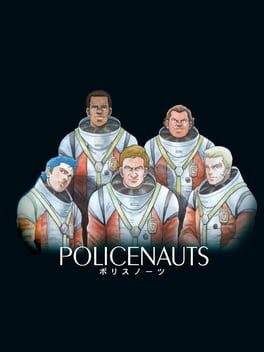
▲
1
▼
According to a 1999 Nice Games magazine interview with game's director Hideo Kojima, he was asked if the game was originally released for the PC-9821 computer, knowing that it had a very long development cycle:
"Yeah, that was crazy. It was progressing pretty well at first, and by 1990 I had all the storyboarding done—I did it all myself, you see. But thanks to a department transfer at Konami, and the PC Engine port of Snatcher, for awhile I didn’t have much time to work on it. So then when we were working on the PC-9821 version, by that point there was already talk about the next-gen hardware, and that’s how it ended up getting ported to the 3DO, Playstation, and Saturn."
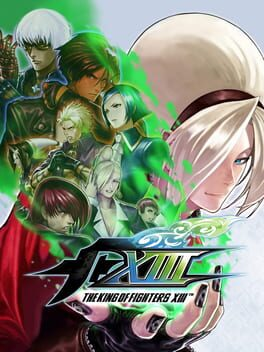
▲
1
▼
The initial release of the arcade version suffered from several gameplay affecting bugs. If any of these bugs relating to Hwa Jai, Vice, and Ralf were triggered during a tournament, the player who executed them would either be disqualified or need to reposition themselves on the stage.
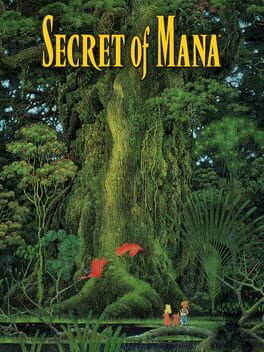
▲
1
▼
According to a 1993 Hippon Super magazines interview with the game's producer/scenario writer Hiromichi Tanaka, he was asked what were the biggest things he wanted to accomplish with the development of the game. He responded:
"Our earliest concept for the game revolved around our consideration of the state of RPGs today. We felt like mainstream RPGs had gotten kind of stale, only differing in the stories and scenarios they offer, but otherwise all having the same basic format."
"Trapped in the same old gameplay systems that have become “standard” for RPGs, only changing up the story… that’s boring. The RPG genre is supposed to be about being able to do anything you want. Is ignoring the gameplay systems and just focusing on story really the right way to go…?"
"Trapped in the same old gameplay systems that have become “standard” for RPGs, only changing up the story… that’s boring. The RPG genre is supposed to be about being able to do anything you want. Is ignoring the gameplay systems and just focusing on story really the right way to go…?"

▲
1
▼
In a 2020 interview conducted by the YouTube channel Archipel with series creator Shinji Mikami, he stated that the idea for when the first Hunter makes his appearance to kill the player came from the film The Texas Chainsaw Massacre:
"Around the beginning you have this scene where the character enters that spooky house. There's that open door, then Leatherface appears and hits the character with an axe and kills him. He then drags him like cattle. I liked that sudden fear. It may be hard to grasp, but in the first Resident Evil there's the Hunter, a new creature that suddenly pops in and attacks you. I think that influence lives there a little."
Franchise: The Legend of Zelda
▲
1
▼
 In a 1994 interview with the game's creator Shigeru Miyamoto, featured in the liner notes of "The Legend of Zelda: Sound and Drama" CD, he was asked what themes he was trying to convey through the series as a whole? He responded:
In a 1994 interview with the game's creator Shigeru Miyamoto, featured in the liner notes of "The Legend of Zelda: Sound and Drama" CD, he was asked what themes he was trying to convey through the series as a whole? He responded:"An everyday boy gets drawn into a series of incredible events and grows to become a hero. Within that framework, I wanted to create a game where the player could experience the feeling of exploration as he travels about the world, becoming familiar with the history of the land and the natural world he inhabits. That is reflected in the title: “the legend of ____”"
"Adventure games and RPGs are games where you advance the story through dialogue alone, but we wanted players to actually experience the physical sensation of using a controller and moving the character through the world. We wanted dungeons to be explorable with a simple mapping system. These and similar ideas were what we wanted to experiment with in Zelda. These themes are carried forward in the SFC Zelda as well."

▲
1
▼
Jacky's win quote "I done handcuffed lighting!" is a reference to a quote commonly made by real-life American boxer, Muhammad Ali.
In Virtua Fighter 4 Evolution, his win quote "Don't think! Feel!" is a reference to a quote from the Bruce Lee film Enter the Dragon.
In Virtua Fighter 4 Evolution, his win quote "Don't think! Feel!" is a reference to a quote from the Bruce Lee film Enter the Dragon.
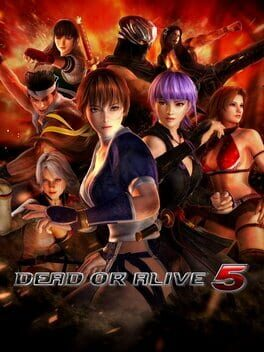
▲
1
▼
After Kokoro's fight with Akira, Zack comments: "10 years huh? Time sure does fly.". This is a reference to Akira's iconic win quote "Juunen hayaindayo!" ("You're 10 years too early!") from Virtua Fighter.

▲
1
▼
In a 1994 interview with the game's creator Shigeru Miyamoto, featured in the liner notes of "The Legend of Zelda: Sound and Drama" CD, he was asked what were the things he struggled with during the game's development. He responded:
"We were brimming with new ideas on how to fully utilize the Disk System’s new capabilities: a name entry system, using better music, recording the player’s progress, and so forth. In that sense it was a very fun game to create. The flip side of doing something new, however, is that Zelda was a game where we were very concerned whether players would understand what they were supposed to do (much like the fear Nakamura had when Dragon Quest was first released). Once we decided there’d be riddles and puzzles in Zelda, that carried a lot of anxiety with it as well. Some of the puzzles are quite difficult to solve, after all."
"Since we were working on Super Mario at the same time, once Mario was finished, we grabbed the Mario programmers and used them for Zelda in a final programming sprint. That was really tough."
"Since we were working on Super Mario at the same time, once Mario was finished, we grabbed the Mario programmers and used them for Zelda in a final programming sprint. That was really tough."
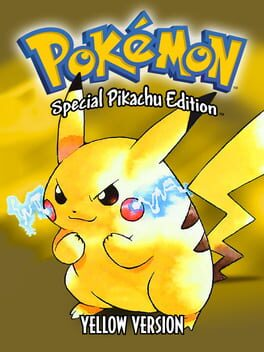
▲
1
▼
It is normally required to use HM05 to teach a Pokemon the move Flash which can then be used to light up dark caves. However, if Pikachu learns either Thunderbolt or Thunder, talking to it will cause it to spark and briefly light up the cave. While this technique does not keep dark caves lit until you exit them like Flash, it can be used repeatedly to traverse dark caves anyways.

▲
1
▼
In a 1994 interview with the game's creator Shigeru Miyamoto, featured in the liner notes of "The Legend of Zelda: Sound and Drama" CD, Miyamoto revealed that his team started development on the game as a launch title for the 1984 Famicom Disk System. Shortly before that, they began working on Super Mario Bros., which led to a period of 5 to 7 months where they worked on both games simultaneously, consequently causing the design stage of development to be very busy.
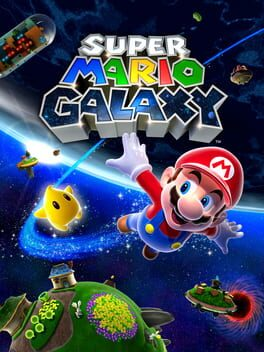
subdirectory_arrow_right Super Mario 3D All-Stars (Game)
▲
1
▼
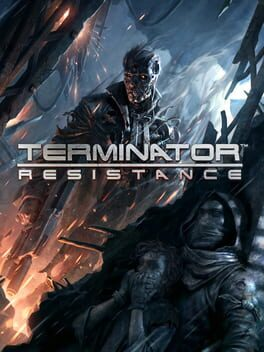
This trivia has been marked as "Not Safe for Work".
It may not be appropriate for all visitors and definitely isn't appropriate for work or school environments.
Click here to unhide it.
It may not be appropriate for all visitors and definitely isn't appropriate for work or school environments.
Click here to unhide it.
▲
1
▼
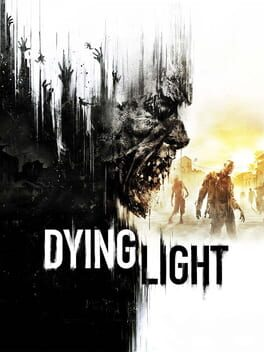
This trivia has been marked as "Not Safe for Work".
It may not be appropriate for all visitors and definitely isn't appropriate for work or school environments.
Click here to unhide it.
It may not be appropriate for all visitors and definitely isn't appropriate for work or school environments.
Click here to unhide it.
▲
3
▼


